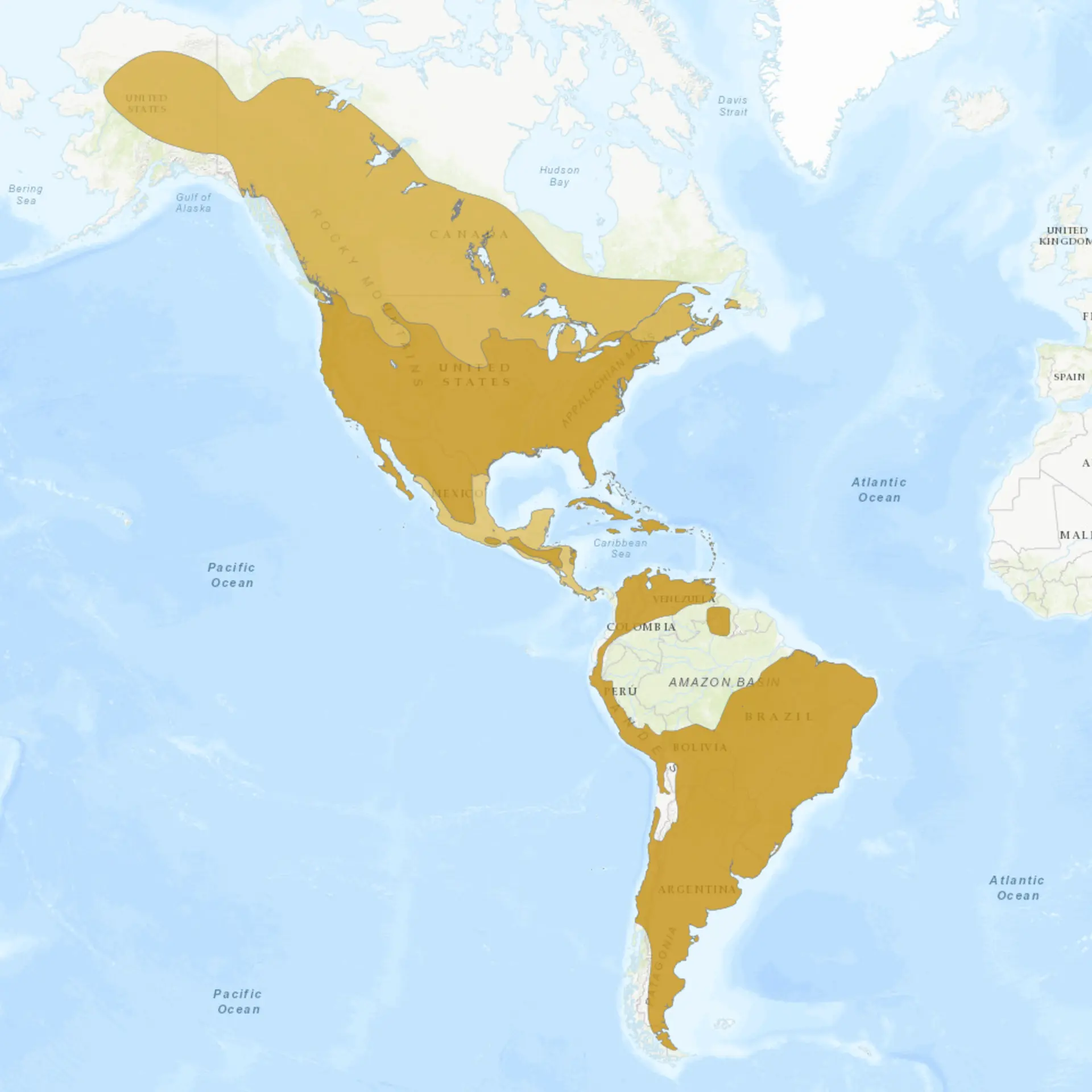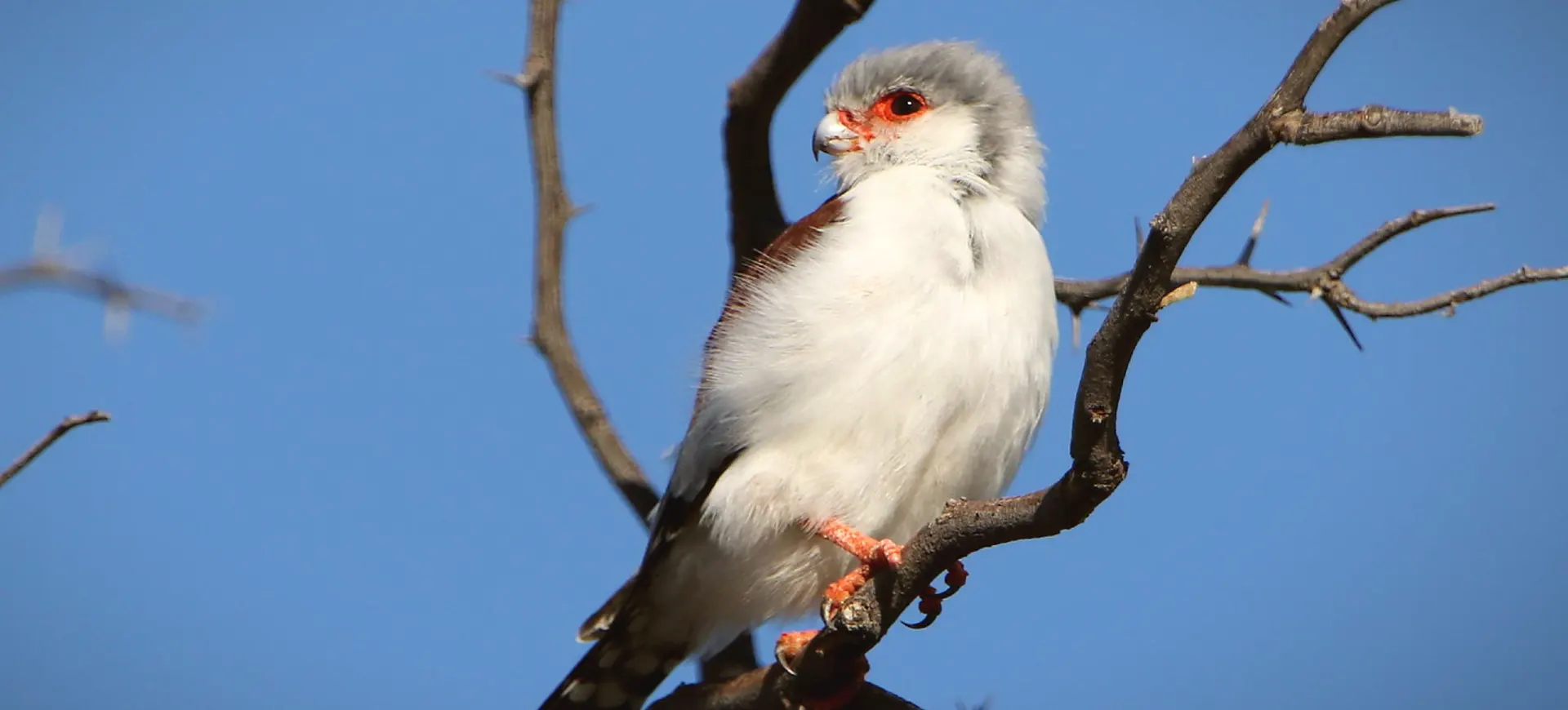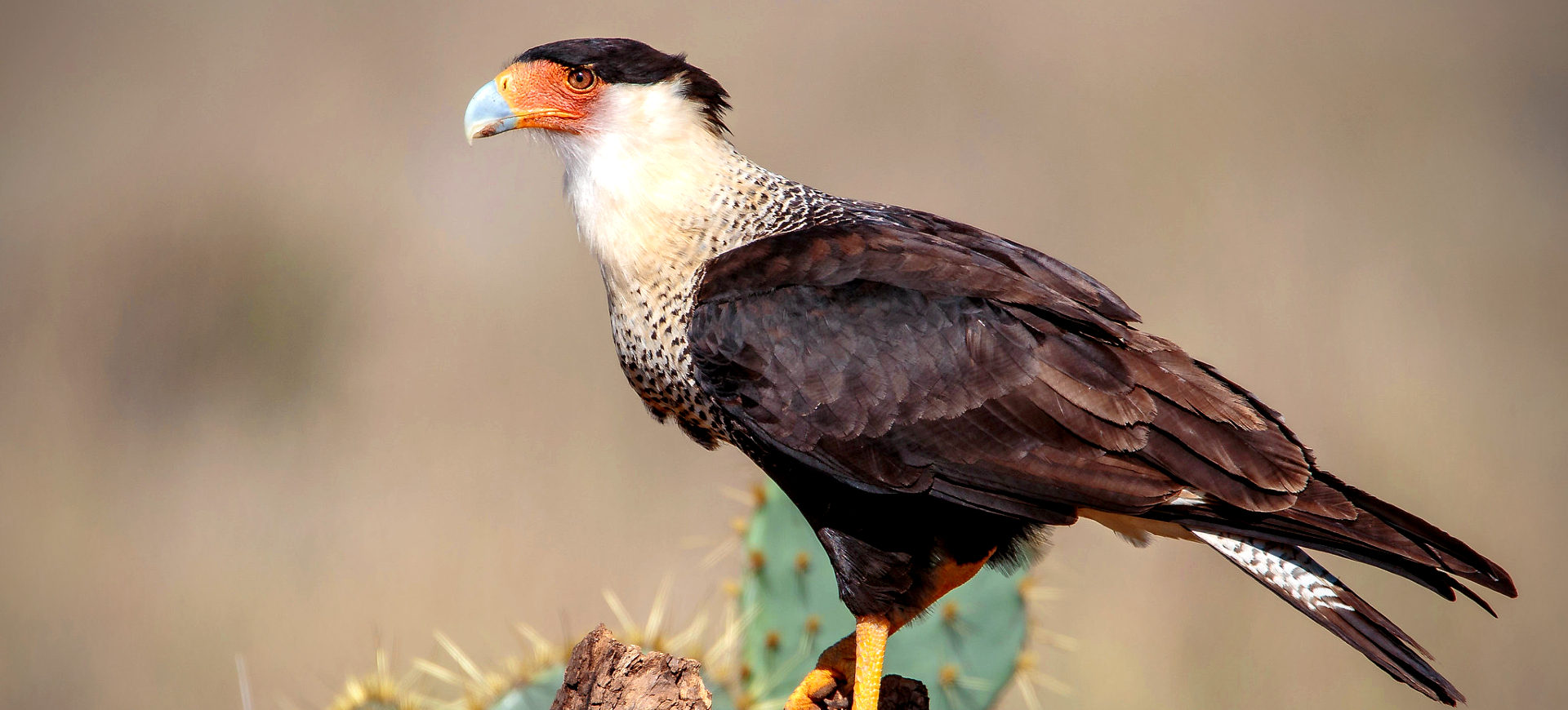Overview
The American Kestrel, Falco sparverius, is North America’s smallest and most colorful falcon. Despite its diminutive size, this bird of prey exhibits remarkable hunting skills, feeding on insects, small mammals, and birds. Characterized by its slender body, long wings, and tail, the American Kestrel can be identified by its striking plumage; males have slate-blue wings and a rusty back and tail, while females have a rufous coloration with black barring. These kestrels are adaptable, inhabiting open fields, urban areas, and deserts, where they can often be seen perched on wires or poles, scanning the ground for prey.
American Kestrels employ a unique hunting technique known as “hovering,” where they remain in a fixed position in the air before diving to catch their prey. They are cavity nesters, utilizing natural cavities in trees, cliffs, buildings, or nest boxes provided by conservation programs. The presence of American Kestrels in various habitats highlights their adaptability and their important role in controlling insect and rodent populations. Despite their widespread distribution, American Kestrel populations have been experiencing a decline due to habitat loss, pesticide use, and competition for nesting sites, underscoring the need for conservation efforts.
American Kestrels are monogamous, with pairs forming strong bonds during the breeding season. They are known for their elaborate courtship displays, which include aerial feats, vocalizations, and the male offering food to the female. This species is highly territorial during the breeding season, with males and females aggressively defending their nesting territory. The American Kestrel’s ability to adapt to human-altered landscapes has allowed them to thrive in suburban and urban settings, where they can be seen hunting around parks, golf courses, and agricultural fields.
Taxonomy
Kingdom
Phylum
Class
Order
Family
Genus
Species
Type
Current distribution:
The American kestrel's range extends from Alaska and Canada in the north to the southernmost parts of South America. It is a year-round resident in much of the United States, Central America, and northern South America, with northern populations migrating southward during winter. In North America, it is commonly found along highways and open fields, while in South America, it inhabits a variety of ecosystems, including tropical savannas and high-altitude grasslands. Its ability to occupy both temperate and tropical regions underscores its ecological versatility.
Population densities vary by region, with the highest concentrations found in areas with abundant prey and suitable nesting sites. Despite being widespread, some local populations have declined due to habitat loss, pesticide use, and competition from invasive species like European starlings for nesting sites. Conservation programs focused on nest box installation have helped stabilize some populations. However, continued monitoring is necessary to ensure the species' long-term survival.
Physical Description:
The American Kestrel is a small falcon, measuring about 8 to 12 inches long, with a wingspan of 20 to 24 inches. Males and females exhibit sexual dimorphism in their coloration; males have a striking blue-grey color on their wings with rusty red on their back and tail, while females are predominantly rusty red with black barring across their upper and lower sides. Both sexes have a distinctive facial pattern with two black vertical slashes, known as malar stripes, on each side of the face. Their small size and colorful plumage make them one of the most easily recognized falcons in their range.
Their beak is sharply hooked, suited for killing prey, and they possess strong talons. American Kestrels have excellent eyesight, which they rely on to spot prey from high perches or during flight. Despite their small size, they are adept at maneuvering in the air and capable of sudden turns and dives. The tail is long and square-tipped, used for steering during flight and when hovering in place, a hunting technique for which they are well known.

Lifespan: Wild: ~10 years || Captivity: ~15 years

Weight: Male: 3.2-4.1 oz (90-115 g) || Female: 3.5-5.8 oz (100-165 g

Length: Male & Female: 8-12 in (20-30 cm)

Wingspan: Male & Female: 20-24 in (51-61 cm)

Top Speed: 39 mph (63 km/h) || 200 mph (321 km/h) in a dive
Characteristic:
Native Habitat:
American Kestrels occupy many habitats across North and South America, from open fields and meadows to suburban areas and desert landscapes. They are particularly drawn to environments that offer open spaces for hunting, with perches such as trees, poles, or buildings from which they can survey their surroundings. Their ability to adapt to various habitats, including those altered by human activity, has allowed them to maintain a broad distribution.
These birds of prey prefer habitats that provide nesting cavities, either naturally occurring or human-made. The introduction of nesting boxes in areas where natural cavities are scarce has been a successful conservation strategy, helping to boost local populations. The American Kestrel’s presence across diverse environments underscores its adaptability and the importance of habitat conservation in maintaining healthy populations.
Climate Zones:
WWF Biomes:
Biogeographical Realms:
Continents:
Countries:
Diet:
Diet & Feeding Habits:
American Kestrels are opportunistic feeders with a diet that includes various insects, small mammals, birds, and reptiles. They are particularly fond of grasshoppers, beetles, and dragonflies, which they often catch in mid-air. During the colder months, they rely more on small mammals, such as voles and mice, providing an essential service in controlling rodent populations. Their hunting strategy involves perching and scanning the ground for prey or hovering in the air to spot movements below before diving down to capture their meal.
The adaptability of their diet allows American Kestrels to thrive in various environments, from rural farmlands to urban parks. They have been observed using tailwinds to assist in hovering and conserving energy while hunting. Despite its small size, this versatile diet and efficient hunting technique have made the American Kestrel a successful predator.
Mating Behavior:
Mating Description:
American Kestrels are monogamous, often forming pairs that last for the duration of the breeding season and, in some cases, for several years. Their courtship involves aerial displays, with males performing intricate flights to attract females. Males also provide food to females as part of the courtship ritual, which strengthens their bond and ensures the female is well-nourished for egg-laying. These birds of prey are cavity nesters, utilizing natural tree cavities, abandoned woodpecker holes, or nest boxes for laying eggs.
The female lays between 4 and 6 eggs, which she incubates for approximately 30 days while the male hunts and returns food to the nest. Once hatched, the chicks are cared for by both parents, with the male continuing to hunt and the female initially staying with the young. The fledging period, during which the young learn to fly and hunt, lasts about a month. The family remains together briefly after fleeing before the juveniles disperse to establish their territories.
Reproduction Season:
Birth Type:
Pregnancy Duration:
Female Name:
Male Name:
Baby Name:
Social Structure Description:
American Kestrels are generally solitary birds, except during the breeding season when pairs form and work together to raise their young. They are territorial, with both males and females defending their nesting territory from other kestrels and potential predators. Outside the breeding season, American Kestrels maintain individual territories where they hunt and roost. Their social interactions are mostly limited to the breeding season, highlighting the importance of territory and resource availability for survival.
Understanding American Kestrels’ social structure and territorial behavior is important for conservation planning, particularly in managing habitats to support their breeding and feeding needs. Preserving open spaces and ensuring the availability of nesting sites are key components of conservation strategies for this species.
Groups:
Conservation Status:
Population Trend:
The American Kestrel is classified as Least Concern by the IUCN Red List, indicating it is not currently at immediate risk of extinction across its broad range. However, long-term studies have shown regional declines in some areas, raising concerns about habitat loss, pesticide use, and competition for nesting sites. Installing nest boxes has been a successful conservation measure in many regions, helping stabilize or increase local populations.
Conservation efforts focus on habitat preservation and restoration, reducing pesticide use, and continued support for nest box programs. Research into the causes of population declines is critical for developing effective conservation strategies. Public education and engagement are also important to conservation efforts, raising awareness about the American Kestrel and its role in ecosystems.
Population Threats:
The main threats to American Kestrels include habitat loss due to agricultural development and urbanization, which reduces available hunting grounds and nesting sites. Pesticide use can poison kestrels directly or reduce their insect prey populations. Competition for natural cavities for nesting, particularly from starlings and squirrels, is also a significant challenge. Climate change poses a long-term threat by altering the ecosystems and prey availability within their habitat range.
Conservation initiatives aim to mitigate these threats through habitat protection, sustainable agricultural practices, and the installation of nest boxes to provide alternative nesting sites. They monitor American Kestrel populations, and researching their ecology is essential for guiding conservation efforts and ensuring the species’ survival.
Conservation Efforts:
Conservation efforts for the American Kestrel include habitat conservation, the establishment of nest box programs, and research into factors contributing to population declines. Nest box programs have been particularly successful, increasing available nesting sites in areas with scarce natural cavities. Efforts to reduce pesticide use and promote sustainable farming practices also benefit American Kestrels by preserving their prey populations.
Educational programs raise awareness about the importance of American Kestrels in ecosystems and encourage public participation in conservation efforts, such as installing nest boxes and reporting sightings for citizen science projects. Ongoing research is crucial for understanding the impact of environmental changes on American Kestrels and developing effective conservation strategies to support their populations.
Additional Resources:
Fun Facts
- American Kestrels can see ultraviolet light, which helps them track the urine trails of small prey.
- They are the only kestrel species found in the Americas.
- Despite their small size, American Kestrels are fierce predators, capable of taking down prey as large as themselves.
- Their ability to hover in mid-air makes them unique among North American birds of prey.
- American Kestrels use a variety of vocalizations and body language to communicate, especially during the breeding season.
- They have been known to reuse the same nesting site for several years.
- American Kestrels often nest in building crevices and on ledges in urban environments.
- Their colorful plumage makes them one of the most easily identifiable and visually striking birds of prey.
- American Kestrels are important in controlling pest populations and benefiting agriculture and human health.
- Installing nest boxes has significantly helped increase nesting opportunities and support local populations.



















